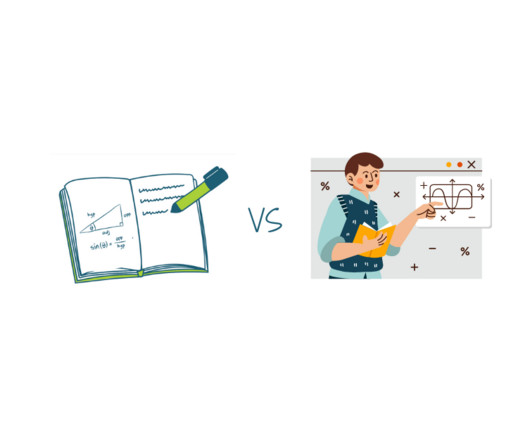Would You Rather: Transfer and Apply
Catlin Tucker
JUNE 16, 2024
Providing students with choices to transfer and apply their learning encourages deeper thinking and enhances their ability to communicate their understanding effectively. These choices promote active engagement, critical thinking, and the ability to connect and apply concepts in various contexts.













Let's personalize your content